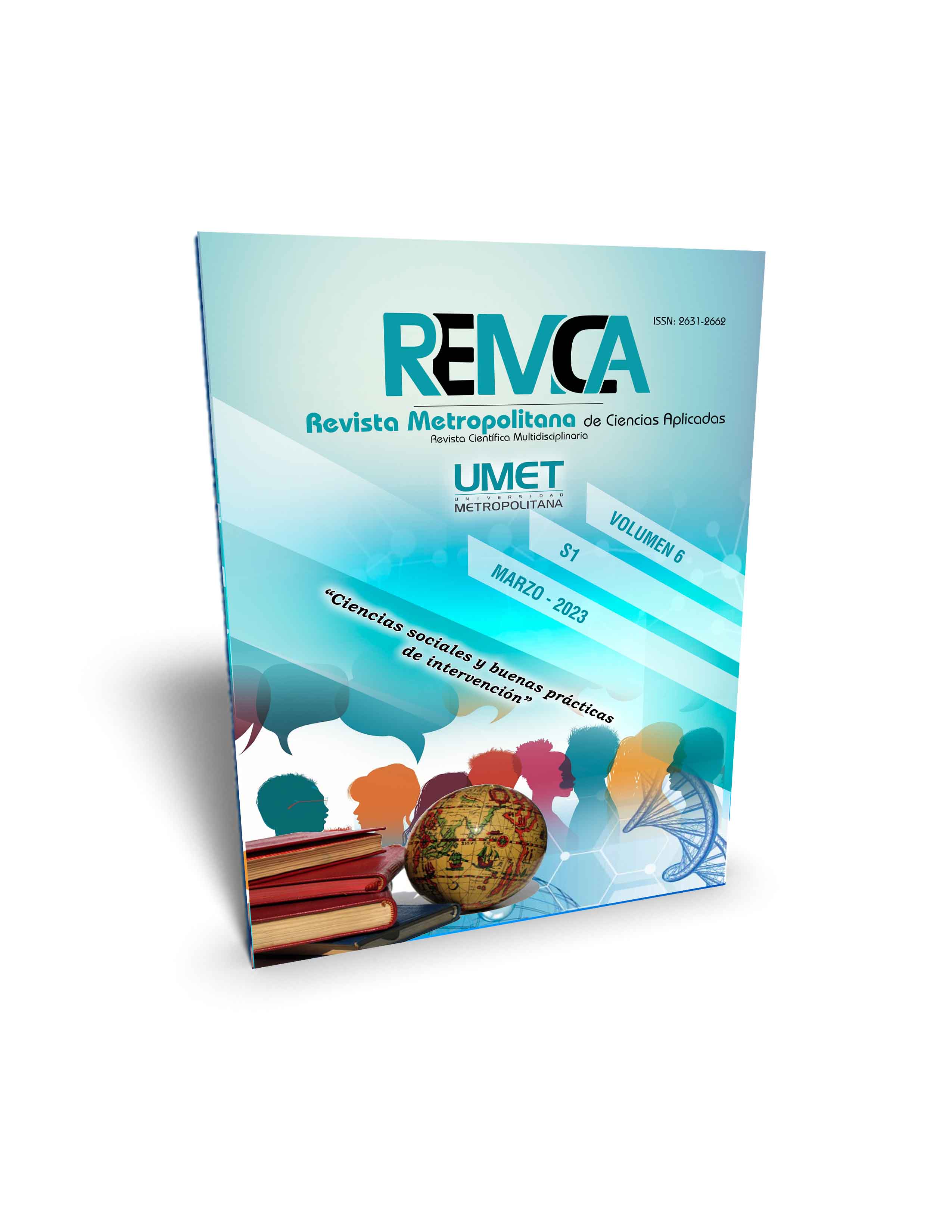Level of flexibility and coordination in elementary school students
DOI:
https://doi.org/10.62452/wa0cpw20Keywords:
Physical education, ability, sensorimotor activity, playAbstract
Basic motor skills, as well as flexibility and coordination, are of paramount importance to develop at school age, as these are prerequisites to achieve adequate techniques and tactics in sports. The objective of this study is to improve flexibility and coordination in middle school students, in Physical Education classes through playful activities, at the Daniel Muñoz Serrano School. This research is of a descriptive cross-sectional type and with a quantitative approach. The population under study is made up of 180 students, the results show the capacity for flexibility and coordination are at a bad and very bad level, in terms of coordination, an inefficiency in its development has been evidenced. It is concluded that it is necessary to emphasize alternatives for the development of these capacities, for which activities that contribute to the improvement of these capacities are proposed respectively.
Downloads
References
Ayala, F., Sainz, P., Croixc, M., & Santonja, F. (2012). Fiabilidad y validez de las pruebas sit-and-reach: revisión sistemática. Revista Andaluz de Medicina del deporte, 5(2), 57-67.
Galindo Ubaque, J. (2019). Flexibilidad: ¿Capacidad fundamental? Valoración de sistema LDF enfatizado en la flexibilidad. Revista Siembra CBA, (1), 23–35.
Gálvez, N., Téquiz, W., Chichaiza, C., Terán, J., Rodríguez, R., & Carchipulla, C. (2020). Potenciación de la capacidad flexibilidad en la gimnasia artística masculina infantil. Lecturas: Educación Física Y Deportes, 24(261), 46-56.
Gomeñuka, N., & Cabral, M. (2018). Las capacidades coordinativas en los alumnos. Efdedeportes.com, 13(124).
Mayorga-Vega, D., Merino Marban, R., Iglesias Navarrete, P., & Fernández Rodríguez, E. (2011). Conocimiento sobre la flexibilidad y su aplicación práctica entre los alumnos de Magisterio de Educación Física. Trances, 3(5), 661-686.
Peraza Gómez, J. P., Castañeda Casasbuenas, A. L., Zapata Torres, D. M., & Sanjuanelo Corredor, D. W. (2018). Nivel de flexibilidad de deportistas en formación a través del Test de Sit and Reach, Tocancipá, Cundinamarca. Revista Digital: Actividad Física Y Deporte, 4(2), 5–18.
Posso, R., Ortiz, N., Paz, B., Marcillo, J., & Arufe, V. (2022). Análisis de la influencia de un programa estrcturado de educación física sobre la coordinación motriz y autoestima en niños de 5 y 7 años. Journal of Sport and Health Research, 14(1), 23-134.
Redondo, C. (2011). Coordinación y Equilibrio : Base para la Educación Física en primaria. Revista Digital: Innovación y Experiencias Educativas, 37.
Rivera, H., Chamorro, Á., Núñez, O., Oliva, B., & De Armas, H. (2014). Consideraciones teóricas acerca de las capacidades coordinativas desde las. EFDeportes Revista Digital, 19(195).
Ruiz-Pérez, L. M., Barriopedro-Moro, M. I., Ramón-Otero, I., Palomo-Nieto, M., Rioja-Collado, N., García-Coll, V., & Navia-Manzano, J. A. (2017). Evaluar la coordinación motriz global en educación secundaria. ICYDE. Revista internacional de Ciencias del Deporte / The International Journal of Sport Science, 13(49), 285–301.
Sánchez-Sánchez J., Pérez, A., Boada P., García M., Moreno C. & Carretero M., (2013). Estudio de la fl exibilidad de luchadores de kickboxing de nivel. Arch Med Deporte, 31(160), 85 - 91.
Sedano Campo, S., Cuadrado Sáenz, G., & Redondo Castán, J. C. (2007). The influence of the practice of football in the evolution of the strenght, the flexibility and the speed in schoolboys. Apunts. Educación Física y Deportes, 87, 54-63.
Tenorio, C. (2013). La coordinación y su incidencia en el desarrollo de los fundamentos de baloncesto en los estudiantes del segundo año de bachillerato del Colegio Nacional Experimental “Salcedo” de la ciudad de Salcedo. (Trabajo de titulación). Universidad Técnica de Ambato.
Downloads
Published
Issue
Section
License
Copyright (c) 2023 Nancy Estefanía Rodríguez-Matute, Helder Guillermo Aldas-Arcos (Autor/a)

This work is licensed under a Creative Commons Attribution-NonCommercial-ShareAlike 4.0 International License.
Authors who publish in Revista Metropolitana de Ciencias Aplicadas (REMCA), agree to the following terms:
1. Copyright
Authors retain unrestricted copyright to their work. Authors grant the journal the right of first publication. To this end, they assign the journal non-exclusive exploitation rights (reproduction, distribution, public communication, and transformation). Authors may enter into additional agreements for the non-exclusive distribution of the version of the work published in the journal, provided that acknowledgment of its initial publication in this journal is given.
© The authors.
2. License
The articles are published in the journal under the Creative Commons Attribution-NonCommercial-ShareAlike 4.0 International License (CC BY-NC-SA 4.0). The terms can be found at: https://creativecommons.org/licenses/by-nc-sa/4.0/deed.en
This license allows:
- Sharing: Copying and redistributing the material in any medium or format.
- Adapting: Remixing, transforming, and building upon the material.
Under the following terms:
- Attribution: You must give appropriate credit, provide a link to the license, and indicate if any changes were made. You may do this in any reasonable manner, but not in any way that suggests the licensor endorses or sponsors your use.
- NonCommercial: You may not use the material for commercial purposes.
- ShareAlike: If you remix, transform, or build upon the material, you must distribute your creation under the same license as the original work.
There are no additional restrictions. You may not apply legal terms or technological measures that legally restrict others from doing anything the license permits.




